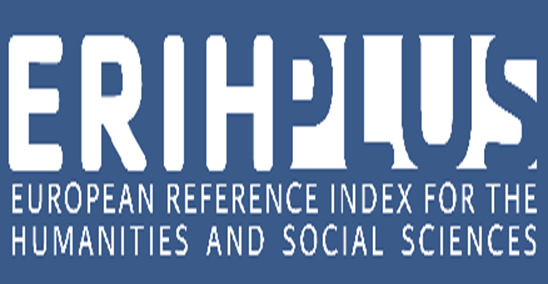Ethnocultural features of Alikhan Bukeikhan’s translations
Views: 288 / PDF downloads: 404
DOI:
https://doi.org/10.32523/2664-5157-2023-2-122-137Keywords:
Alikhan Bukeikhan, son of the steppes, ethnocultural feature, translation, adapted translation, accurate translation, adequate translation, pragmatic adaptation, translator.Abstract
The article deals with the features of Alikhan Bokeikhan’s translations. On the basis of similarities and differences of the first translation samples of Y. Altynsarin, A. Kunanbayuly of the second half of the XIX century and A. Bokeykhan’s translations of the beginning of the XX century, continuity of traditions of translation are revealed. The general character and peculiar ethno-cultural features of the translations of the ‘son of the steppes’ are determined. By comparative analysis of the original and translated texts, the reasons for choosing the type and method of translation are revealed. The secret of creative freedom in translation, the nature of the translation experience are comprehensively revealed in accordance with the goals and objectives of the creative person that
prompted him to choose translation method. The general position in the translations of Russian language literature by A.Bokeikhan and A.Baitursynuly and translators of the beginning of the XX century, as well as their contribution to the formation of native translation studies as a special branch, as a profession and specialty are considered in close interrelation. The article analyzes and evaluates the state of the history of Kazakh translation studies at the beginning of the XX century, its periodicity based on the translations of a prominent representative of the Alash intelligentsia, Alikhan Bukeikhan, who was systematically engaged in translation activities and worked fruitfully at that time. The article concludes on the basis of the fact that the son of the steppes is not only a master of accurate translation, but also a skilled translator who rationally used the method of text presentation in his translation activities, taking into account linguoculturology and pragmatics, as well as the peculiarities of national culture and the socio-cultural level of Kazakh society of the early ХХ century.
Downloads
Reference
Алтынсарин И., 1906. Киргизкая хрестоматия. Издание второе, исправленное и дополненное. Оренбург: Типография Б.А. Бреслина. 155 с.
Алтынсарин И., 1879. Киргизская хрестоматия. Оренбург: Типография Евфимскаго. 100 с.
Әбдиманұлы Ә., 2015. Ахметтану: оқу құралы. Алматы: Қазақ университеті. 273 б.
Әуезов М., 1985. Жиырма томдық шығармалар жинағы. 19-том. Зерттеулер, мақалалар. Жауапты шығарушылар: Л.Әуезова, Т.Әкімов. Алматы: Жазушы, 496 б.
Бөкейхан Ә., 2016. Бөкейхан Әлихан. Шығармалары. Толықт. екінші бас. Т. 10. Астана: Сарыарқа, 576 б.
Бөкейхан Ә., 2016. Бөкейхан Әлихан. Шығармалары. Сочинения. Толықт. екінші бас. Т. 11. Астана: Сарыарқа. 570 б.
Бөкейхан Ә., 2016. Бөкейхан Әлихан. Шығармалары. Сочинения. Толықт. екінші бас. Т. 12. Астана: Сарыарқа. 568 б.
Денмухаметова Э., Юсупова А., Онэр М., 2022. Словари как источники информации о татарах // Turkic Studies Journal, Т. 4., No 2. С. 48-55.
Жұмалиев Қ., 1948. Абайға дейінгі қазақ поэзиясы және Абай поэзиясының тілі. Алматы: Қазақтың мемлекеттік оқу құралдары. 208 б.
Сатыбалдиев Ә., 2008. Сөз қазынасының кеніші, құраст.: Қ.Алпысбаев, Л. Дәуренбекова. Астана: Аударма. 328 б.
Фламмарион К., 1922. Общедоступная астрономия. Берлин. 246 с.
Ысқақұлы Д., 2012. Аудармадағы Абай дәстүрі. Әлем әдебиеті. №3. Б. 182-203.
Ысмағұлов Ж., 1990. Қазақстан жазушылар Одағының Ахмет Байтұрсынов творчествосына арналған ғылыми конференциясының материалдары // «Қазақ әдебиеті», 21 шілде.
Ысмағұлов Ж., 2006. Абай аудармаларындағы Пушкин. Пушкин – Абай және қазақ әдебиеті: Халықаралық ғылыми конференцияның материалдары. Алматы: Unique Service. Б. 61-68.


























